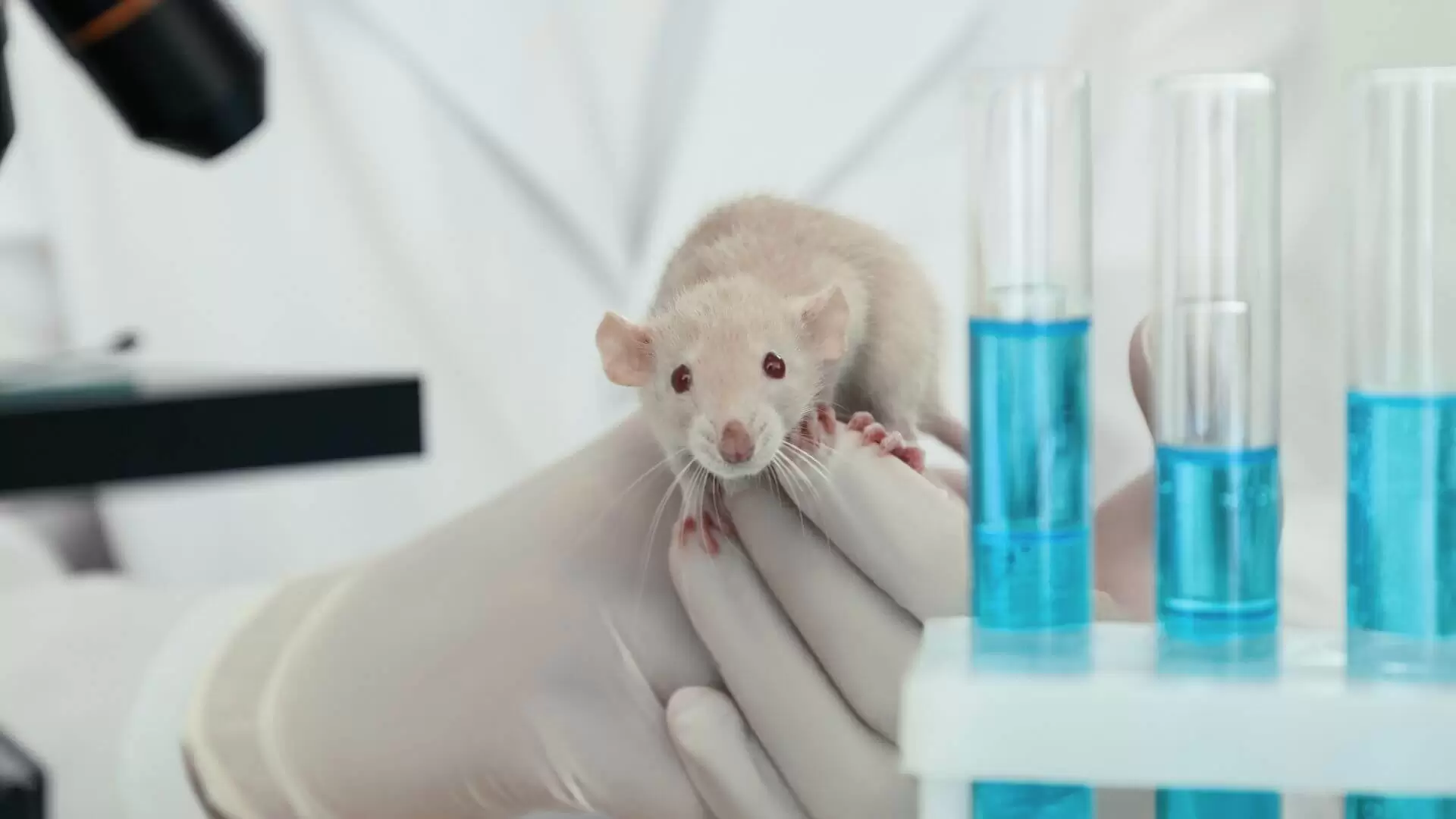Four years after signing the transparency agreement, most institutes publish their activities on the internet, but only 24% talk about the species they use
Those responsible for the report recall that without these studies there would be no vaccines against Covid and admit the negative impact of the Vivotecnia scandal
The scandal of the Madrid laboratory of Vivotecnia, after the dissemination of an investigation carried out by the Cruelty-Free International organization in which dogs, rabbits, or monkeys were viciously mistreated, caused a wave of rejection of animal experimentation. The images brought to light practices that were aberrant for anyone, including the scientific community. It was probably the most affected. “These images not only caused unease and discomfort, but they also ruined the work of years,” admits Lluis Montoliu, a researcher at the National Center for Biotechnology and president of the Ethics Committee of the Higher Council for Scientific Research (CSIC).
Montoliu presented this morning in Madrid the fourth Annual Report on the Transparency Agreement on the Use of Animals in Scientific Experimentation.
This firm, promoted in 2016 by the Confederation of Scientific Societies of Spain (COSCE), aims for institutions that do research with animals to increase and improve their communication activities, to tell society what they do and why it is essential. A total of 153 institutions (of which more than 80% are research centers and universities) adhere to this agreement, which makes Spain the first country in a number of members of the eight in the world that currently promote this type of agreement.
The report was made in 2020, at the height of the pandemic and a year before the Vivotecnia case, which, ironically, had also adhered to the agreement. A total of 140 institutions participated in the survey, 96% of the required entities. Among the results, it stands out that a large majority, 71%, stated that they had published their activities on the web, in which they explained their objectives, how, when, and why they use animals. And more than two-thirds presented their scientific advances to the press. But when it comes to showing these experiments in images, the laboratories seem more reluctant. Only 30% have videos on their website and only 24% talk about the species that are used and their number.
However, open doors increase. 64% of the animal facilities held conferences to receive visits from students, journalists, or politicians. And more than half made an effort to carry out external activities: go to institutes or schools where they explain their work. “There is still room for improvement. It would be useful for institutions to consider signing a defined policy on how to communicate animal research”, says Javier Guillén, member of the Governing Board of the European Research Association (EARA) and director of Europe and Latin America of AALAC International.
Fewer animal studies
For Guillén, the increase in accessions to the firm, which has gone from 80 in 2016 to 153 today, has to do with the pandemic. “The scientific community has felt more justified in explaining what it does. It tries to divulge despite the difficulties », he points out. The public and private research centers that join this initiative intended to demonstrate that they have nothing to hide, comply with the law, commit to the exquisite treatment of animals and justify their use because there is no alternative method.
«The ultimate goal is to stop using animals when it is scientifically possible. In the meantime, they are used when strictly necessary”, underlines Montoliu, who recalls that animal experimentation “is essential in the preclinical development of drugs, therapies or vaccines. We have seen it in the pandemic. Without those trials, first with rodents and then with non-human primates, we would not have had such a rapid development of vaccines against Covid-19.
Animal experimentation in Spain is decreasing. In 2020, 761,000 copies were used, almost half of those used in 2009, according to the latest data provided by the Ministry of Agriculture, Fisheries, and Food. However, in other countries such as the United Kingdom, Sweden and Germany it has increased due to studies against the new coronavirus. What happened in Spain is explained in part “because we have more and more alternative technologies, cell cultures and organoids to validate preclinical experiments,” says Montoliu, although it also has to do with the fact that “research with animals is very expensive and here we do not have a budget ».

